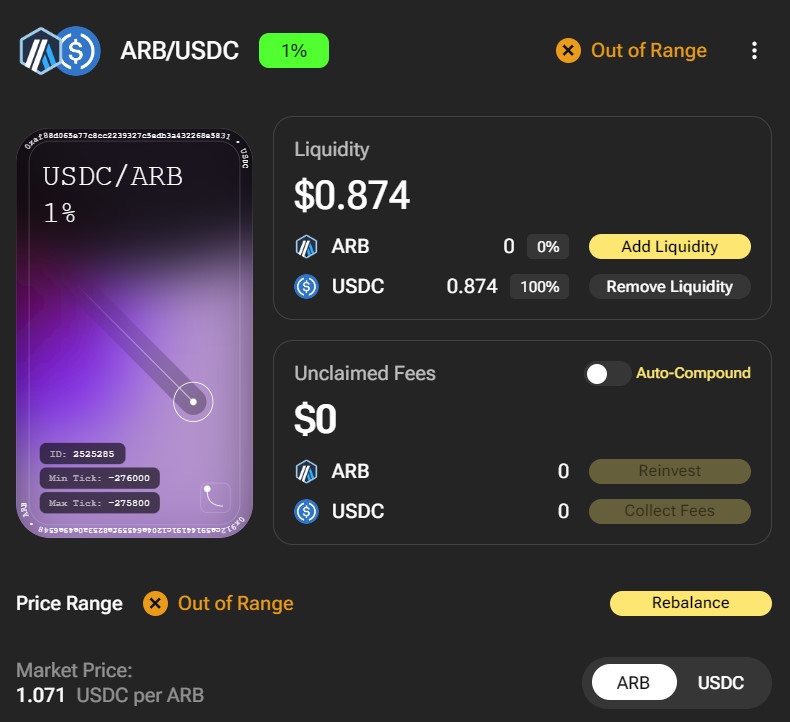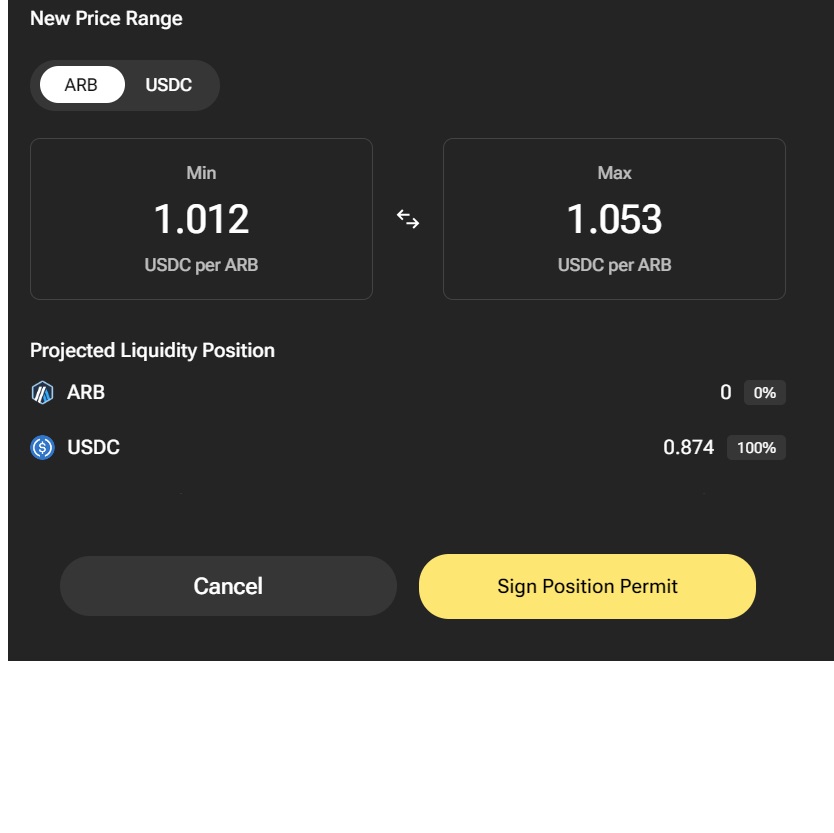
Elixir Liquidity Layer
In this article, we will go over the concepts of liquidity layer and explore what differentiates Elixir.
Price discovery in liquidity pools
Decentralized exchanges use an automated market maker (AMM) model to facilitate trades. Instead of relying on order books, users trade against liquidity pools that contain reserves of various tokens. These pools are automated by smart contracts, adjusting token prices based on supply and demand.
For pools with low liquidity, this can be problematic since a large trade can affect the supply and demand metric of that specific pool, while the price of that token remains stable on the overall market. This phenomenon is known as “slippage”. Slippage occurs when a trade is executed for a larger size than the liquidity available in the pool. In such cases, the price of the token can deviate from the market price as the trade absorbs the available liquidity in the pool. So a token price can vary from a pool to another and it creates arbitrage opportunities. Traders monitor different pool and can buy low on a platform and sell high on another, which will stabilize the price across the platforms.
Prevention mechanisms
Decentralized exchanges such as Uniswap implement a constant product market maker mechanism. This ensures that the tokens pair quantities in a liquidity pool stays consistent. Consequently, when the price of one token rises from increased demand, its pool quantity decreases while the other token’s quantity rises. This regulates the price automatically. Other mechanisms include offering incentives for providing liquidity, multiple pools for the same pairs and advanced trading features like limit orders.
While these methods assist in reducing the impact of slippage to a certain degree, decentralized exchanges still face some challenges in offering liquidity and price stability compared to centralized exchanges. Traders and liquidity providers must assess these aspects before engaging in trading and providing liquidity on DEXes.
Aggregation Platforms
Various platforms like 1inch consolidate liquidity from multiple DEXes and liquidity pools, enabling traders to tap into increased liquidity and potentially reduce slippage by dividing orders among various providers.
While these platforms helps users automatically find the best prices the basic problem remains low liquidity.
Elixir liquidity layer
Elixir is a DeFi protocol that specializes in offering an infrastructure for liquidity provision and management. What differentiates Elixir from other liquidity layers such as Uniswap is its dynamic liquidity provision model. Elixir focuses on efficiency and optimization. The protocol dynamically adjusts rewards based on market conditions and liquidity needs, incentivizing liquidity provision where it’s most needed. By dynamically adjusting rewards and liquidity allocations, the protocol aims to maximize liquidity utilization and improve overall market efficiency. Elixir is natively integrated with many leading decentralized exchanges and orderbook exchanges.
Currently, Elixir have an airdrop program where you earn potions for providing liquidity. You can provide liquidity on ethereum mainnet or on arbitrum/SUI by using their native integration with dexes.
Here’s the documentation, make sure to understand all the risks included in supplying liquidity as many layers of smart contracts are involved.


